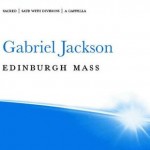A series looking at the art of the choral conductor.
It’s hard, as an ensemble musician, to trust a conductor; you know and trust your own abilities, you know how a piece goes if you’ve performed it before, you’ve learnt it if you haven’t, and you also know that the success of your performance is now dependent on the person standing up in front of everyone. If they get it wrong and you all fall apart, then you personally will look silly, even if you were where you were supposed to be, playing what you were supposed to be playing.
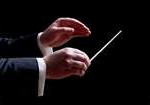 The rehearsal process is about establishing trust between performer and conductor; going in to those first rehearsals, as a conductor, you already have to know the pieces inside out. It’s a very scary moment: everything you do at that first meeting will define the whole process to come: how well you handle the group socially as well as musically; how you establish your musical authority in such a way as to convince the group that you know what you’re doing; how you communicate your ideas and intentions in such a way as to allow them to understand. There’s no time to be learning the pieces on the hoof, as it were, whilst trying to use rehearsal time effectively.
The rehearsal process is about establishing trust between performer and conductor; going in to those first rehearsals, as a conductor, you already have to know the pieces inside out. It’s a very scary moment: everything you do at that first meeting will define the whole process to come: how well you handle the group socially as well as musically; how you establish your musical authority in such a way as to convince the group that you know what you’re doing; how you communicate your ideas and intentions in such a way as to allow them to understand. There’s no time to be learning the pieces on the hoof, as it were, whilst trying to use rehearsal time effectively.
As with standing in front of a class of children or a group of students in a lecture theatre in the first term, part of the initial process is helping the group learn how to learn. The way in which you impart your ideas at the beginning needs to be done in such a way as to help them realise “Ah, right: that’s the way I will pick up information; that’s the way in which I’m going to be asked to produce results.” As you continue to develop your rehearsals over the ensuing weeks, you will be reinforcing this process: the sooner you can help them understand how you work and how you will ask things of them and how they can demonstrate them, the sooner they will start to respond.
All of this goes towards establishing trust, a crucial factor in the working relationships in rehearsal and performance. If you cannot convince the group that you know what you are doing, and that you have the means to guide them towards achieving the outcomes you want, they won’t place any trust in you: that lack of faith will destroy any chance of working together and producing a great performance. That doesn’t mean imposing your authority: in fact, trying to do so will actually be as counter-productive as not being any good at your job in the first place.
I’ve sat or stood in front of conductors who have shown me, within the first five minutes, that they either don’t know the piece or that they don’t know how to rehearse; sometimes, that they don’t actually know how to conduct either. It doesn’t take long to come to this conclusion – as musicians, we work with a variety of other people, and have to assess and adapt pretty quickly – and once it’s set in, it can be very hard to shift.
How do you convince your choir that you know what you are doing, and how do you get results out of them in a positive manner ?
That’s for the next post.

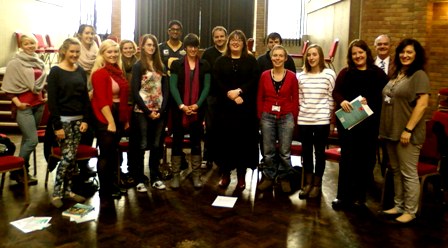
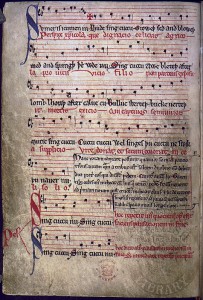
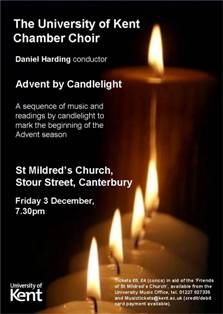


 The Cecilian Choir drew its first breath this week, launching into its programme of repertoire for the year and beginning with Tallis and Lassus.
The Cecilian Choir drew its first breath this week, launching into its programme of repertoire for the year and beginning with Tallis and Lassus.